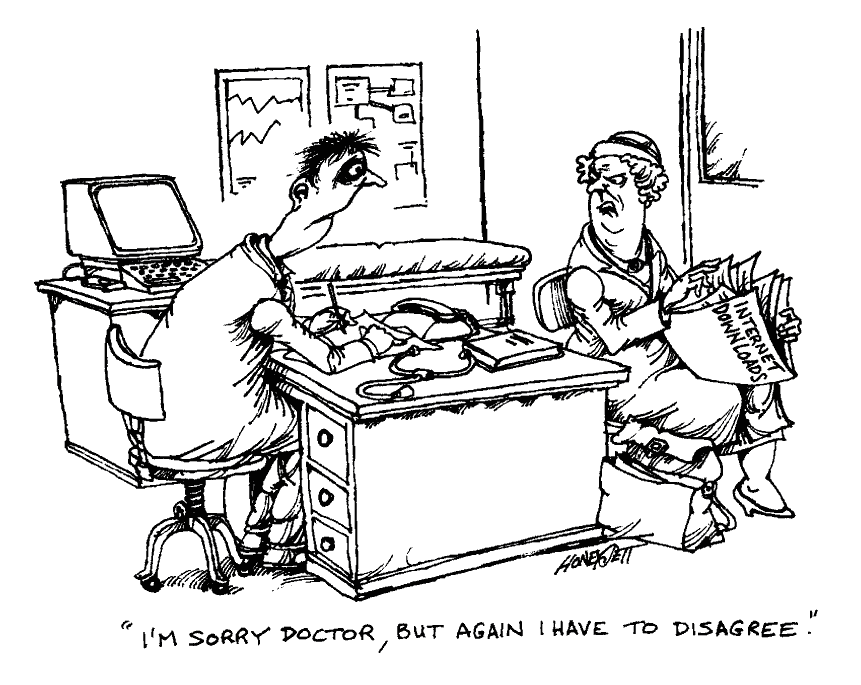What is Sclerosing Cholangitis?
This is an inflammatory disease of the bile ducts, which eventually become scarred and narrowed ducts (tubes). It is thought to be autoimmune in origin, which means that the immune system produces antibodies which attack the bile ducts in the liver. This is supported by the fact that 50% of patients with sclerosing cholangitis have inflammatory disease of the bowel.
Sclerosing cholangitis can respond very well to a change in the diet and the principles of the-liver-cleansing diet need to be followed for life. Patients with this problem have been able to return their liver function to normal, after adopting Dr Cabot's diet. However, they have found that the liver function becomes abnormal again if they do not maintain the liver diet principles.
 It is important to take natural anti-inflammatory supplements to reduce the inflammation in the bile ducts. The most important ones are the antioxidant vitamins, vitamin C, E and natural beta-carotene. Selenium exerts a powerful anti-inflammatory effect and the dosage required is 200mcg daily. I recommend that you take a designer yeast powder high in selenium and its synergistic trace minerals, in a dose of 2 teaspoons daily. Raw vegetable juices, containing a mixture of carrot, celery, beetroot, broccoli and apple provide many benefits. Foods high in sulphur such as garlic, onions, legumes and eggs enhance sulfation of toxins, making them easier to excrete. Cruciferous vegetables such as broccoli, cabbage, cauliflower, kale, mustard greens, radish, bok choy and Brussels sprouts will help liver function and support detoxification pathways.
It is important to take natural anti-inflammatory supplements to reduce the inflammation in the bile ducts. The most important ones are the antioxidant vitamins, vitamin C, E and natural beta-carotene. Selenium exerts a powerful anti-inflammatory effect and the dosage required is 200mcg daily. I recommend that you take a designer yeast powder high in selenium and its synergistic trace minerals, in a dose of 2 teaspoons daily. Raw vegetable juices, containing a mixture of carrot, celery, beetroot, broccoli and apple provide many benefits. Foods high in sulphur such as garlic, onions, legumes and eggs enhance sulfation of toxins, making them easier to excrete. Cruciferous vegetables such as broccoli, cabbage, cauliflower, kale, mustard greens, radish, bok choy and Brussels sprouts will help liver function and support detoxification pathways.Foods to be avoided are:
- All cow's milk products and gluten (found in wheat, rye, oats and barley).
- Processed foods, alcohol, caffeine, tobacco, chocolate and refined sugar and flour.
General recommendations
- If you want to improve liver function you must avoid all dairy products (milk, butter, cheese, cream, ice cream etc)
- Avoid ALL margarines and similar type spreads
- Avoid deep fried and fatty foods.
- Avoid preserved meats, fried foods and fatty meats.
- Limit chicken and turkey that is not free range, as this contains growth hormone (in the USA) and antibiotics that increase the liver's workload.
- Avoid ALL alcohol.
- Drink 2 liters of water each day.
- Avoid artificial sweeteners - see www.dorway.com
Pay careful attention to any drugs or medications because they may aggravate your liver inflammation. Check with your doctor before taking them.
Recommended books
- "The Healthy Liver and Bowel Book"
This book is essential reading for anyone suffering from this disease or any other conditions of the liver or bowels. Primary Sclerosing Cholangitis is covered on pg 87. - "Raw Juices Can Save Your Life" lists an A-Z medical conditions with useful raw juicing recipes.
- "The Ultimate Detox" - All of the recipes in this book are free of gluten and dairy products. As sclerosing cholangitis is an autoimmune condition, patients must adhere to a gluten and dairy free diet in order to help their immune system.
Spread the word! Live Life then Give Life!!
Share



